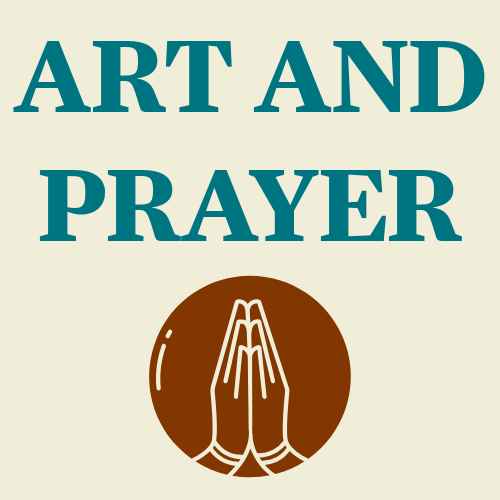Praying with James Tissot's "Jesus Wept"
How do you experience God’s presence in your grief? Join Rev. Rob McPherson in prayer with James Tissot’s Jesus Wept, discovering a God who shares our deepest sorrow. Find comfort in knowing that even in pain, hope and resurrection are near.
John 11:32-37
In this contemplative episode of Art and Prayer, Rev. Rob McPherson invites us to enter into the deep emotional space of grief and divine empathy through James Tissot’s painting Jesus Wept. Rob opens by reminding us that prayer is not only praise or petition but also a sacred sharing of the heartbreaks we carry—and a meeting place where our sorrow meets God’s own compassion. Reflecting on the shortest verse in the Bible, “Jesus wept,” he emphasizes that God is present with us in our pain and mourning.
The scripture focus comes from John 11:32-37, where Jesus arrives after the death of Lazarus, is moved by the grief of Mary and the mourners, and weeps with them. Rob paints the scene visually, noting how Jesus is hunched in sorrow, embodying divine empathy, while Mary sits at his feet, exhausted yet seeking. The mourners offer silent support, and the city’s backdrop suggests a quiet, holy pause before resurrection—an invitation to hold space for grief without rushing.
Rob guides us to imagine ourselves as Mary, bringing our personal sorrows before Jesus and feeling the comfort of a God who enters our suffering without dismissal. He encourages listening deeply to the scripture again, this time for words that resonate with our own grief and for the ways God’s heart connects with ours. Reflecting back on the painting, Rob invites us to consider not only our personal pain but also the larger brokenness in the world that moves God’s heart.
The prayerful meditation explores whether God is calling us to action with our grief or inviting us simply to rest in sorrow for now. Rob reminds us of the hope in the story—that after weeping, Jesus raises Lazarus—and invites us to receive words of hope for unresolved situations in our lives. The time closes with gratitude for God’s presence amid pain and a commitment to hold both grief and hope in prayer.
Rob shares his personal connection to Tissot’s painting, describing how it speaks to both individual and communal suffering and offers comfort as we await healing and resurrection. This episode offers a powerful encounter with God’s empathetic love, encouraging us to bring our whole hearts—broken and hopeful—to prayer.





